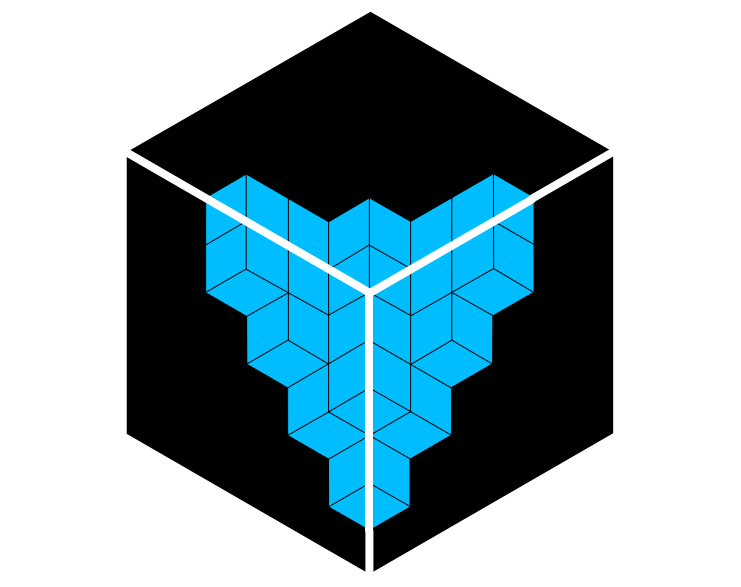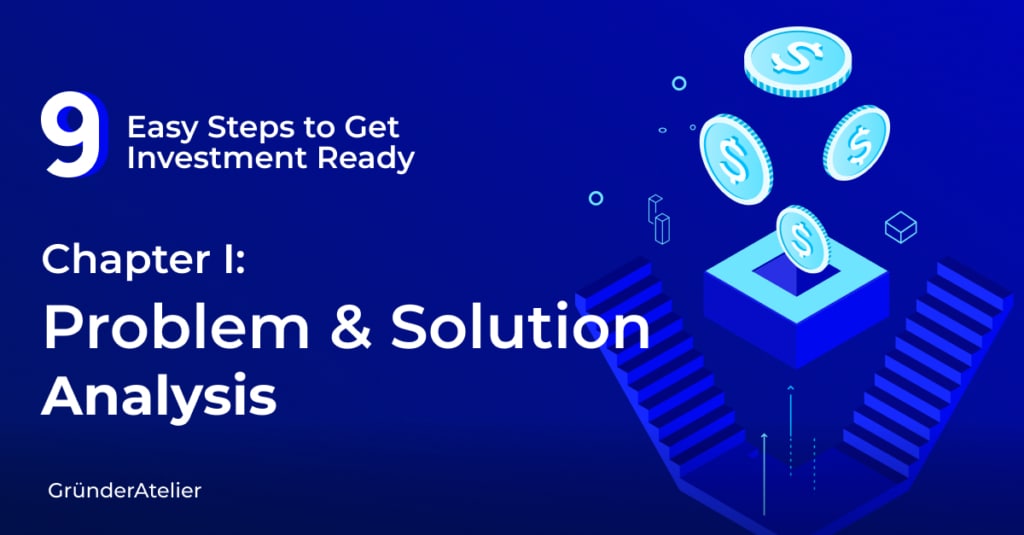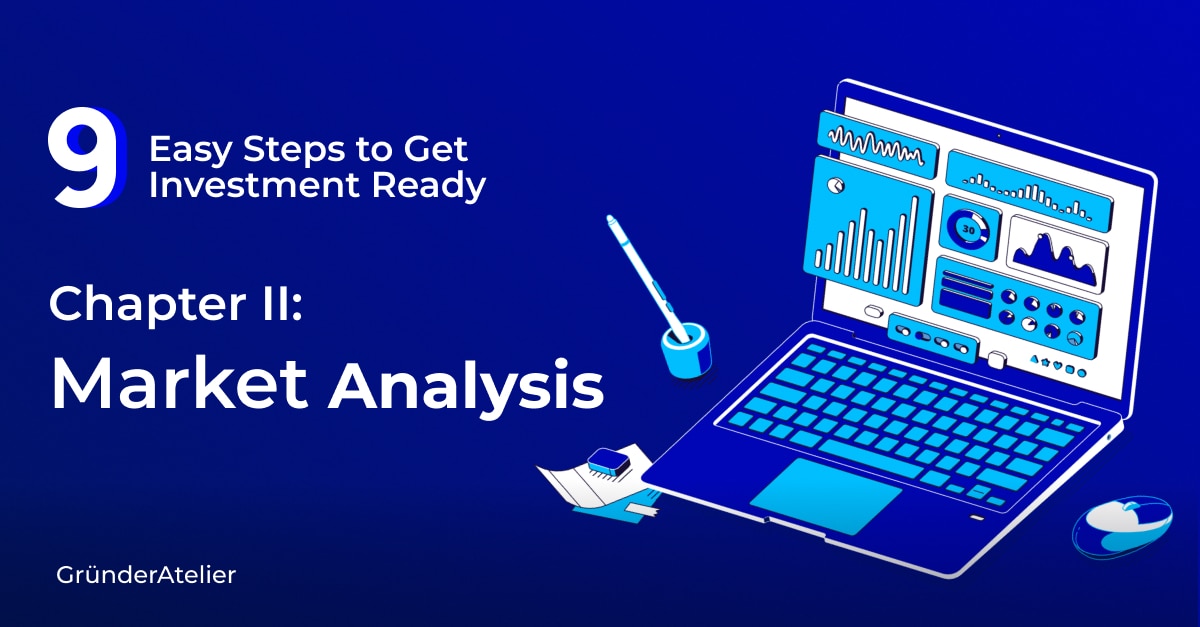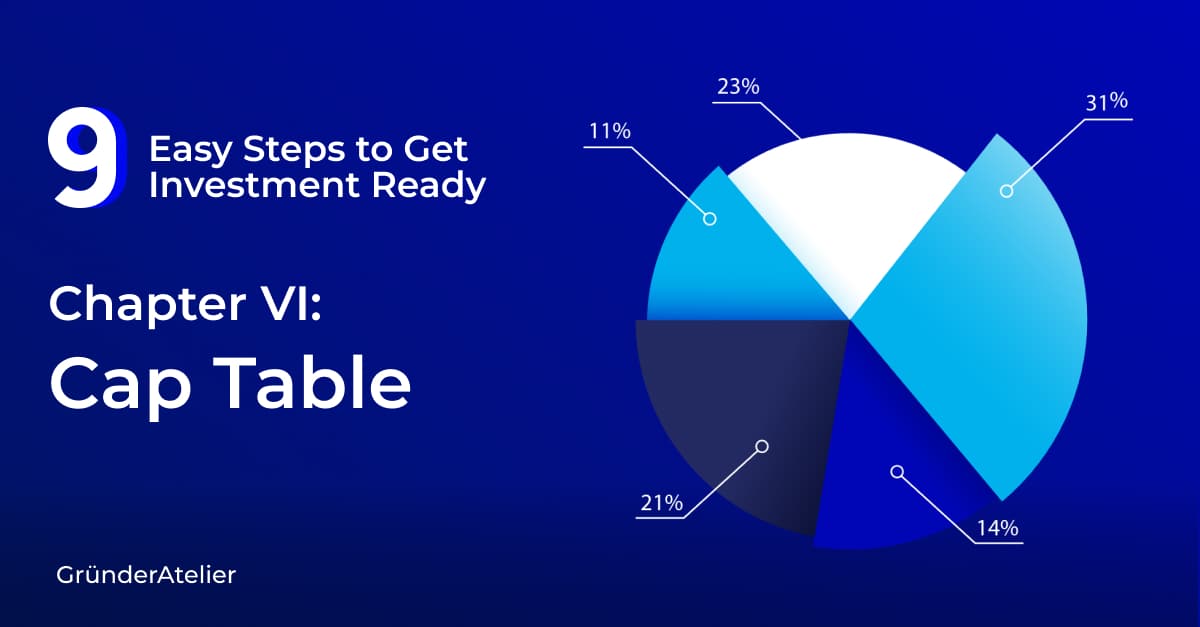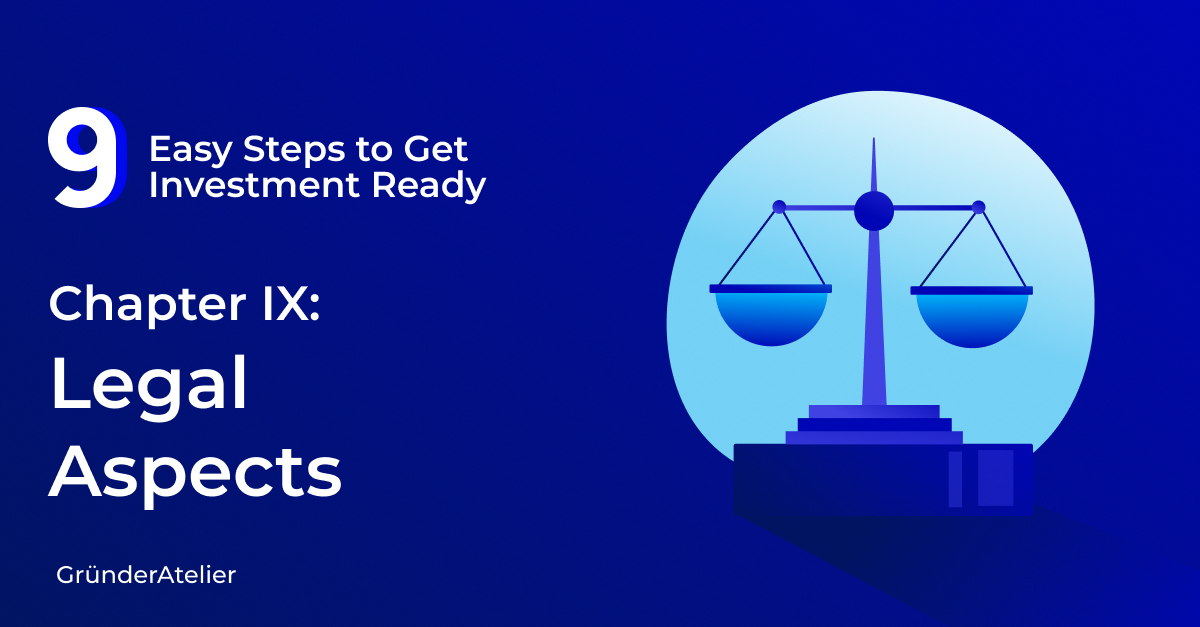Chapter 3: Business Model
Authors: Daniele Pistelli
Estimated reading time: 7 min
Introduction
A business model showcases the logic with which a company creates, distributes and captures value. We can define it as a set of organizational and strategic solutions through which the company, or the startup, acquires a competitive advantage and generates revenues by providing products and/or services to its customers. Investors want to understand and challenge your business model.
In this article, you will understand which factors need to be considered when defining a business plan for your startup and how to apply them to your idea.
-
Value Chain Structure: it describes all the activities that a product or service goes through from its creation to its delivery to the final consumer. In a business model, you need to show every step of the product timeline, together with a reference on how much value the product receives at each step of the chain.
-
Revenue Generation: this section includes how the revenue is going to be generated and describes the breakdown of every revenue stream with respective weights on the overall business.
-
Pricing: the business model needs to be paired with an analysis of the market demand and supply, in order to come up with the best price and pricing strategy for the product or service.
-
Customer acquisition channels: You will also need to describe how the business will grow and the rate at which your company channels will be able to acquire new customers and retain existing ones.
-
Customer analysis: your business will need to be able to acquire and retain customers in a sustainable manner. In general terms, the cost of acquisition of 1 customer should not be higher than his/her lifetime value.
1. Value chain structure
The value chain is distinguished by 5 primary activities. These activities allow companies to apply the model and keep competitive advantage under control. More specifically, the primary activities are those strictly related to the production process, marketing, delivery and post-sales assistance.
-
Inbound logistics includes all processes for managing the flows of the assets within the company. The main goal is to make the materials distribution cycle fast and efficient. The degree of complexity will influence the results and usually the leaner the process, the better the outcome.
-
The operational activity and product structure refer to activities strictly related to the production of goods and services. At this stage, all the decisions will impact how the product and the company are perceived along with the degree of the firm’s competitive advantage.
-
Outbound logistics includes all processes for managing the flows of the assets out of the company. The set of activities concerning outbound logistics allow the product to reach the market and to create a first impression of the product in customers’ mind.
-
Marketing includes all the activities aimed at the promotion of a service or product. The main scope of this area is to attract the attention of possible customers through advertisements in different shapes and forms. Through a marketing campaign, the company strengthens the image of the product.
-
After-sales services are the last and essential step to support the customer in case of need. Sometimes underestimated, post-sale assistance enhances product value for the customer and strengthens the bond with the customer.
In addition to the main activities, the value chain consists of 4 support activities that allow the company to increase its competitive advantage. These are processes that do not contribute directly to the creation of output but are necessary for the success of the product/service. The support processes are:
-
Procurement: activities that allow you to purchase the resources necessary to produce products/services and that allow the company to function.
-
Human resource management: the set of all research, selection, hiring, training and more generally everything that has to do with the management of an organization’s employees.
-
The development of technologies: the indispensable processes for improving products and production processes.
-
Infrastructure activities: planning, financial accounting, organization, legal affairs and all activities related to the infrastructure.
2. Revenue Generation
The revenue model needs to be elaborated as a framework that clearly and simply explains how a business or startup generates money. The revenue model is essential to the company’s long-term commercial forecasts as it provides a detailed review of current and future profit potential. The selection of the business model depends heavily on the nature of the startup. Usually, startups implement one of the following business frameworks:
-
Markup is one of the most common frameworks to generate a pricing strategy. This technique entails including the production costs and the costs of doing business into the pricing and adding to the overall sum a premium which will turn up as profit for the company’s operations.
-
The licensing revenue model is a recurring model in sectors where there is a high level of research and development involved such as biotechnology or software ones. This model grants the right of use of the product to third parties in exchange for a fixed payment usually on a monthly basis.
-
The commission revenue model involves two parties where one side charges the other one a commission fee per action taken on a platform, marketplace or similar. The commission fee can be fixed or variable according to volumes or price.
-
The subscription-based revenue model is based on a recurring revenue strategy. This is a common framework among SaaS (Software as a Service) companies, entertainment services, and online hosting companies which provide specific services for a predetermined periodic cost.
3. Pricing
To determine the ideal price of a product, consumers, competitors and the company’s goals and aspirations must be taken into account. The process of pricing a product includes six main steps:
-
Define the goal of the pricing strategy: when a company determines the price of a product, it may have in mind the goal of maximizing the immediate gain, setting a low price to push sales in the short term or it may have the purpose of delimiting the brand’s market of action; by setting higher prices than its competitors, the company could have the goal of positioning itself as a luxury brand;
-
Identify the demand: it refers to the analysis of consumers and their request for the product. Precisely because the established price will determine the demand for the asset (the higher the price tends to be, the less the purchases will be), the company will have to make an estimate of the demand associated with different price alternatives. The relationship between price and demand can be analyzed through the demand curve;
-
Make a cost estimate: it is essential that the company make an estimate of the costs related to the production, distribution and sale of products so that the defined price can cover all these costs and also guarantee a return on the investment made;
-
Analyze the competition: in this process, a company must also take into account the type of offer, prices and also the costs incurred by competitors. The definition of the price of a product may also be conditioned by these variables: for example, if a competitor proposes a higher quality product, the price defined by the company must not exceed that of the competitor;
-
Choose the pricing strategy: the company will have to choose a pricing strategy which, must take into account one or more dimensions analyzed in the previous steps, such as the demand from consumers (and evaluation or perception of the products), the costs incurred by the company and of the prices defined by the competition;
-
Define the final price: based on the model chosen and taking into account all the information and conclusions obtained during the previous stages, the company should be ready to choose the most suitable price for a given asset.
4. Customer acquisition channels
Customer acquisition is an integral part of sales: the concrete goal is to transform a potential customer into a paying customer. There are several procedures for acquiring customers which depend on the relationship the supplier has with the customer.
-
Cold acquisition is characterized by the fact that the company has had no previous contact with the person, company or entity in question. Proactively, you initiate communication with the potential customer, present your offer and try to convince them to make a purchase or start a business relationship. The means used for this purpose are many: letters, e-mails, flyers and even telephone calls are among the tools used for cold acquisition.
-
In the case of the hot takeover, there had already been contacting with the person or company previously. In most cases, these are former customers who have not bought in a long time and who now need to be incentivized again.
-
Another valid tool for customer acquisition can be the so-called AIDA model. Awareness, Interest, Desire and Action – these are the stages your message should go through to gain new customers. So start with an element that grabs your attention, then arouse interest and desire and conclude with a clear call to action (like buying). It is a structure that can be easily assimilated even by potential customers and that is more likely to succeed than confused and rambling explanations that do nothing but revolve around the same theme.
According to the nature of your product or business, one of the above-mentioned acquisition channels will be more appropriate. In the case of complex or expensive products, the AIDA model is more suitable to acquire new customers, whereas, for products where the customers have a higher degree of familiarity, the cold acquisition channel is considered to be a viable option along with being less resource-intensive.
5. Customer Analysis
Once you have acquired a customer, you should continue to sell him/her your products. After all, you had a hard time convincing him/her. Do you want to waste all the energy and money you have spent so far? Many companies do one-shot sales. Nothing could be more wrong because, according to all the research, it is much easier selling to an actual customer than to a new one.
Of course, if your product is not good and/or does not fully satisfy your customer’s needs, it will be difficult for you to resell it. Your client will feel betrayed by the trust he/she gave you and will no longer believe in the benefits you are promising.
So the “secret” to resell to your customers is to make products that surprise, go beyond expectations. It is important to shift your company’s focus to customer problems and needs.
Retaining customers is essential for the company, however, the cost of the customers acquired and retained needs to be also taken into consideration. The CAC (customer acquisition cost) should always be lower than the CLTV (customer lifetime value). As a rule of thumb, the company should always keep a ratio of CLTV to CAC of at least 3.
How can GründerAtelier help?
GründerAtelier is a creative space where high-potential startups find knowledge, funding and guidance for a successful launch and expansion.
We strive to partner with ambitious entrepreneurs and bright minds to create a prosperous environment where the most innovative ideas can thrive.
The professional team of GründerAtelier has offered many successful sessions to guide young startups through their capital raising, operational development, marketing, sales, talent acquisition and scaling endeavours.
We’ve launched an accelerator program that will guide you through all the steps you need to take in order to scale.
We hope you’ve found this article useful. Get in touch with us on LinkedIn or Instagram!
